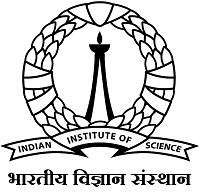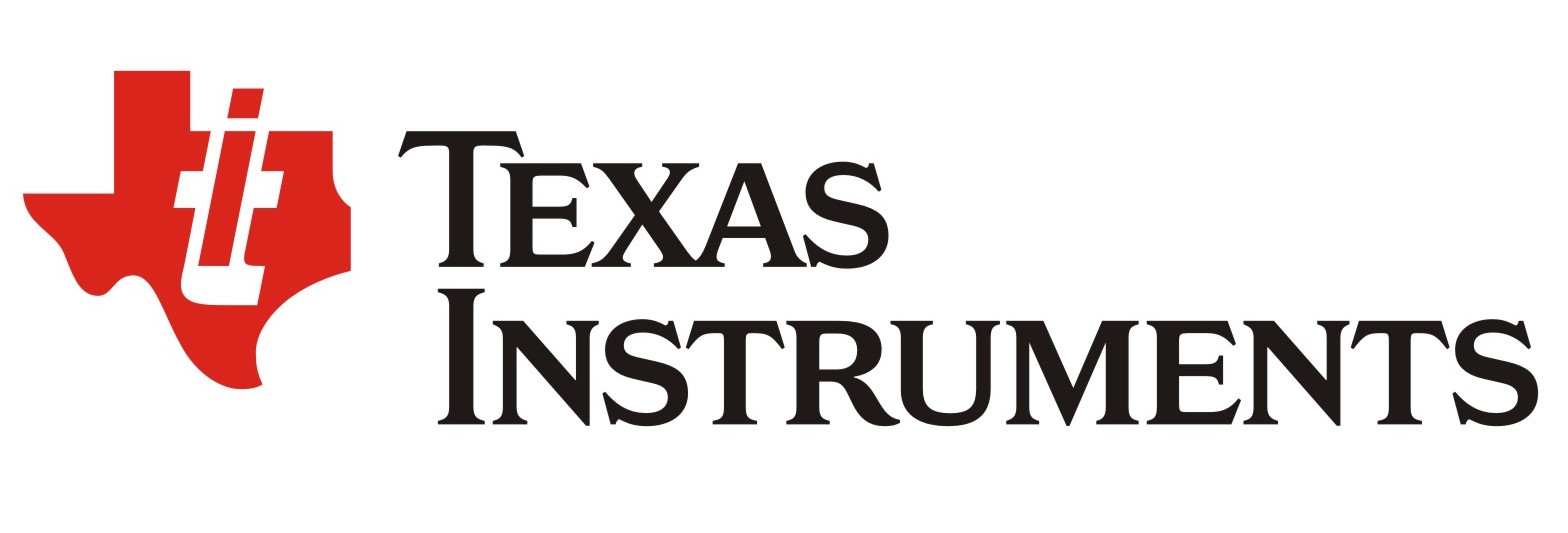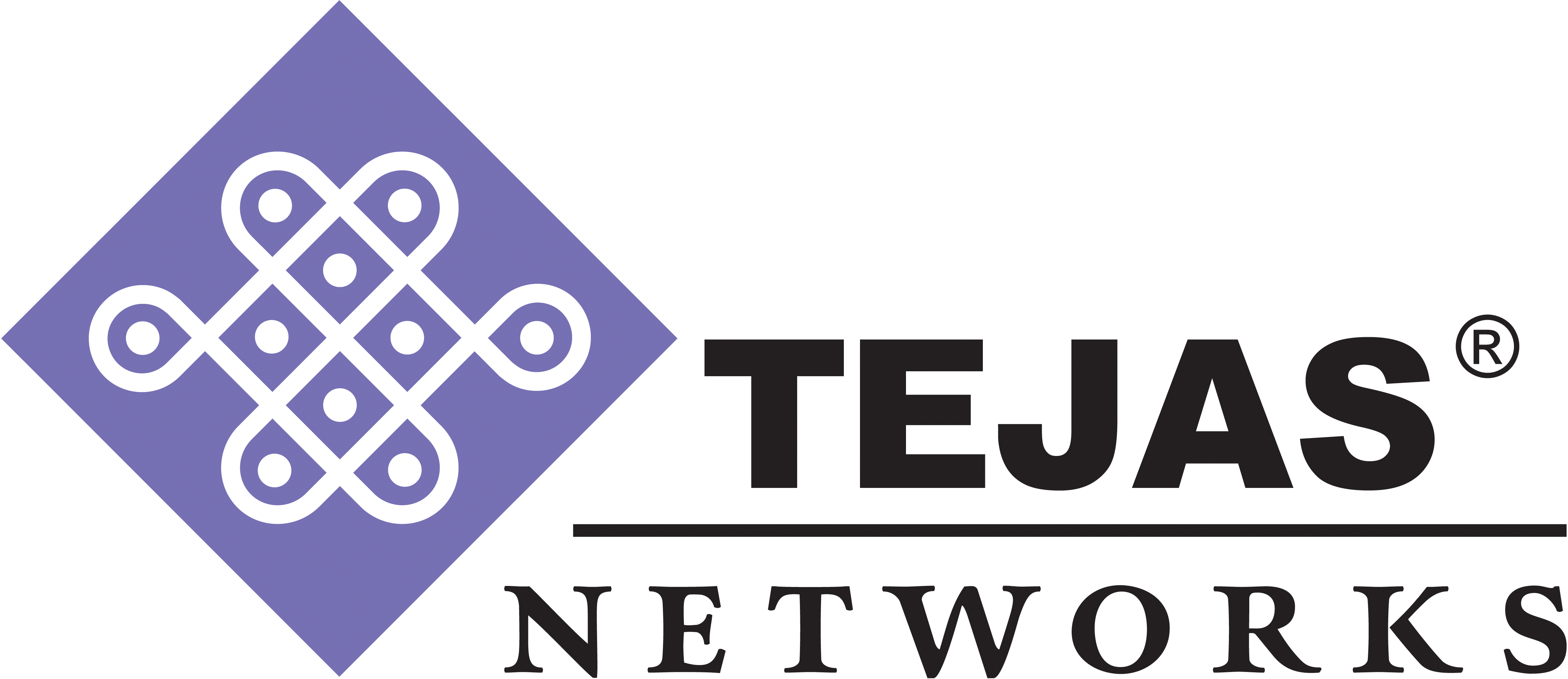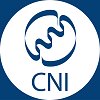


Prakash Narayan received the Bachelor of Technology degree in Electrical Engineering from the Indian Institute of Technology, Madras, in 1976, and the M.S. and D.Sc. degrees in Systems Science and Mathematics, and Electrical Engineering, respectively, from Washington University, St. Louis, MO, in 1978 and 1981. He is Professor of Electrical and Computer Engineering at the University of Maryland, College Park, with a joint appointment at the Institute for Systems Research. He has held visiting appointments at ETH, Zurich; Technion, Haifa; Alfréd Rényi Institute of the Hungarian Academy of Sciences, Budapest; University of Bielefeld; Institute of Biomedical Engineering (formerly LADSEB), Padova; and Indian Institute of Science, Bangalore. Narayan has served as Associate Editor for Shannon Theory, Executive Editor and Editor-in-Chief of the IEEE Transactions on Information Theory. He is a Fellow of the IEEE.
Abstract: Current as well as futuristic data-driven applications entail function computation or recoverability or utility, with accompanying requirements of data privacy. In such an application, a user holding data must publicly furnish attributes of the data (function recoverability or utility) while protecting the data or the data-generating mechanism (privacy). Three formulations of function computation with privacy will be described: "predicate privacy" which requires that data or a separate and sensitive attribute of it be protected; "list privacy" which guarantees that a protected data value defies even being guessed to lie among a larger group of values; and "distribution privacy" in which the workings of an underlying data-generating algorithm must remain under wraps.
The concept of differential privacy rules the data privacy landscape. Our approach can be viewed as a complement that enables exact characterizations of optimal utility versus privacy performance tradeoffs, and specifies randomized privacy mechanisms for attaining them. This is a rich and evolving research area that raises many interesting questions, especially for students. Selected open problems will be indicated.
This talk is based on joint work with Ajaykrishnan Nageswaran which constitutes a part of his UMD doctoral research.
Mohamed-Slim Alouini was born in Tunis, Tunisia. He received the Ph.D. degree in Electrical Engineering from the California Institute of Technology (Caltech) in 1998. He served as a faculty member at the University of Minnesota then in the Texas A&M University at Qatar before joining in 2009 the King Abdullah University of Science and Technology (KAUST) where he is now a Distinguished Professor of Electrical and Computer Engineering. Prof. Alouini is a Fellow of the IEEE and OPTICA (Formerly the Optical Society of America (OSA)). He is currently particularly interested in addressing the technical challenges associated with the uneven distribution, access to, and use of information and communication technologies in rural, low-income, disaster, and/or hard-to-reach areas.
Abstract: Despite the ubiquitous digital connectivity that we experience all around us, it is a fact that almost half of the population of the world is still “offline” due to the lack of a robust Internet and communications infrastructure in many places on the globe. The reason why such digitally dark spots still exist in the world is mainly two-folds. For one, economically backward or thinly scattered populations are not viable for relatively larger investments in communications infrastructure. Secondly, a hostile geography/terrain raises the cost of installing optical fibers and other equipment. Thus, its no wonder that many big Internet giants such as Amazon, Facebook, and SpaceX, have attempted to reach the hitherto “digitally inaccessible” regions by providing connectivity through satellites or high altitude platforms (HAPs). A constellation of satellites/HAPs provides a more cost-effective and reliable alternative to the deployment of optical fiber and related equipment in such locations of the world. Because of the large chunks of relatively unlicensed bandwidth available in the optical spectrum, there is a great opportunity to use lasers for ground gateway station-satellite/HAPs, and inter-satellite or inter-HAP communications, a communications model known as the free-space optics (FSO). Towards that end, this talk examines the FSO communications from the perspective of satellite and HAP communications. In this regard, some new pointing, acquisition and tracking aspects are presented. Furthermore, this talk goes also through the adaptive optics and relaying schemes that are needed to deal with atmospheric turbulence which affects such kind of networks.

Professor Alison Noble FRS is currently the Technikos Professor in Biomedical Engineering at the University of Oxford, UK where she leads a medical image analysis group best known for learning-based ultrasound image analysis. Professor Noble received the UK Royal Society Gabor Medal for her inter-disciplinary research contributions in 2019, and the same year received the Medical Image Computing and Computer Assisted Interventions (MICCAI) Society Enduring Impact award. Professor Noble served on the MICCAI Society board for a decade and is a former President of the MICCAI Society (2013-5). She is an active Fellow of the UK Royal Academy of Engineering and of the Royal Society, a Fellow of the MICCAI society and an ELLIS Fellow. Professor Noble is a current European Research Council Advanced Grant holder and has held or currently holds grants from the UKRI, NIHR, Wellcome Trust, NIH, and the Bill and Melinda Gates Foundation. She has a sustained track record of mentoring early career researchers at Oxford and on national schemes, and has supervised 73 graduated PhD students (19 women) to date. Professor Noble received an OBE for services to science and engineering in the Queen's Birthday Honours list in 2013.
Abstract: Clinical human experts are adept at exploiting the spatio-temporal nature of ultrasound in freehand ultrasound image acquisition and interpretation. However, automating this human skill is proving surprisingly difficult. I describe two quite different approaches we are investigating to address this. The first is to take a multi-modal video analysis approach, and use sonographer gaze, probe movements and audio together with video to build learning-based models of ultrasound-based tasks. The second approach builds computational models of ultrasound tasks from simple-to-learn bespoke ultrasound scan sweep protocols making the models potentially suitable for triage in global health settings. As I will show, deep learning underpins these solutions, but success requires thinking beyond the algorithm.











